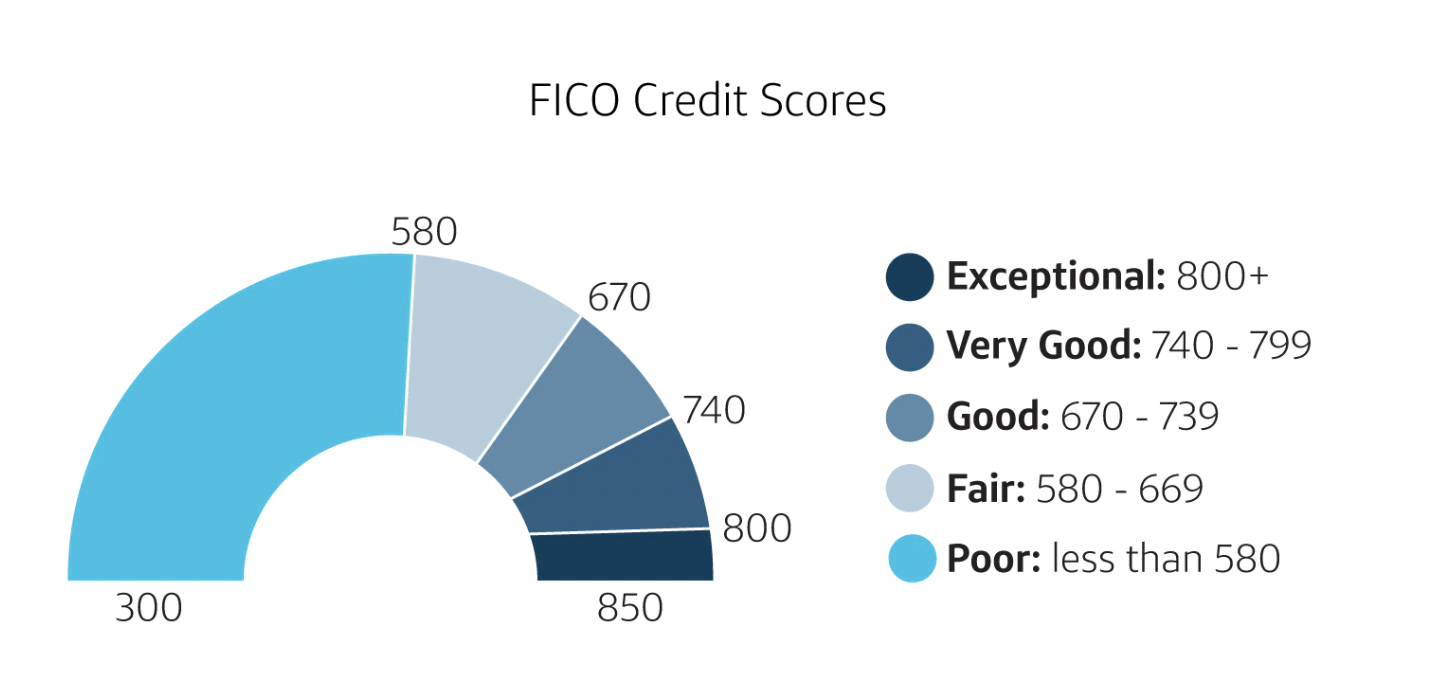
VantageScore, a system that scores consumer credit in the United States, was created by the three largest credit bureaus. VantageScore Solutions, LLC, founded in 2006, manages the model. VantageScore was jointly owned by the three bureaus since its inception in 2006. It is a free and anonymous system that helps consumers determine their credit worthiness.
VantageScore 3.0
VantageScore 3.0, a credit scoring system that is different from FICO, is called VantageScore 3.0. While VantageScore 3.0 is different than FICO in some respects, the basic principles of credit scoring remain the same. These principles include paying all your bills on-time, limiting new credit, keeping your credit utilization low, and not allowing you to open any new accounts. These strategies will help you to improve your credit score.
Payment history is the biggest factor in VantageScore 3.0 credit scores. This is usually represented as a percentage. For example, late or missed payments could really affect your credit score. Lenders like to see that you've had a long history of using credit responsibly.

Credit mix
A credit mix score is a credit score that is based on several factors. One of the most important is payment history. In the calculation, it is also important to consider how long you have had credit accounts. A second factor is your credit mix, which includes installments and flexible credit lines. Maintaining a healthy credit profile will help you improve your overall score.
The credit mix account for 10% of the consumer's FICO Score. This factor takes into account several types of credit accounts, such as lines of credit cards, and combines them to produce the VantageScore. A healthy credit mix includes both revolving and installment accounts.
Credit utilization
Credit score can be affected in many ways, including how much credit card debt you have. Multiple credit cards can be granted by lenders to lower your utilization ratio. The age of your credit card is another factor. A lot of credit cards can make it hard to budget your money. Your credit score can be affected by adding more lines to your credit file.
Credit utilization is complicated. It's important that you understand the difference between total credit usage and per-card use. Per-card utilization refers to how much credit you have available relative to how much each card has. The total utilization is the ratio of the credit you use to the credit available. The better your credit score, the lower your overall utilization.

Public records
Public credit reports can have a negative impact on credit scores. They are typically regarded as a very serious event that could significantly lower a person’s overall credit score. But public records are not all that credit reports can include. Public records include judgments and taxliens. Bankruptcy means that a person has defaulted on his or her credit obligations.